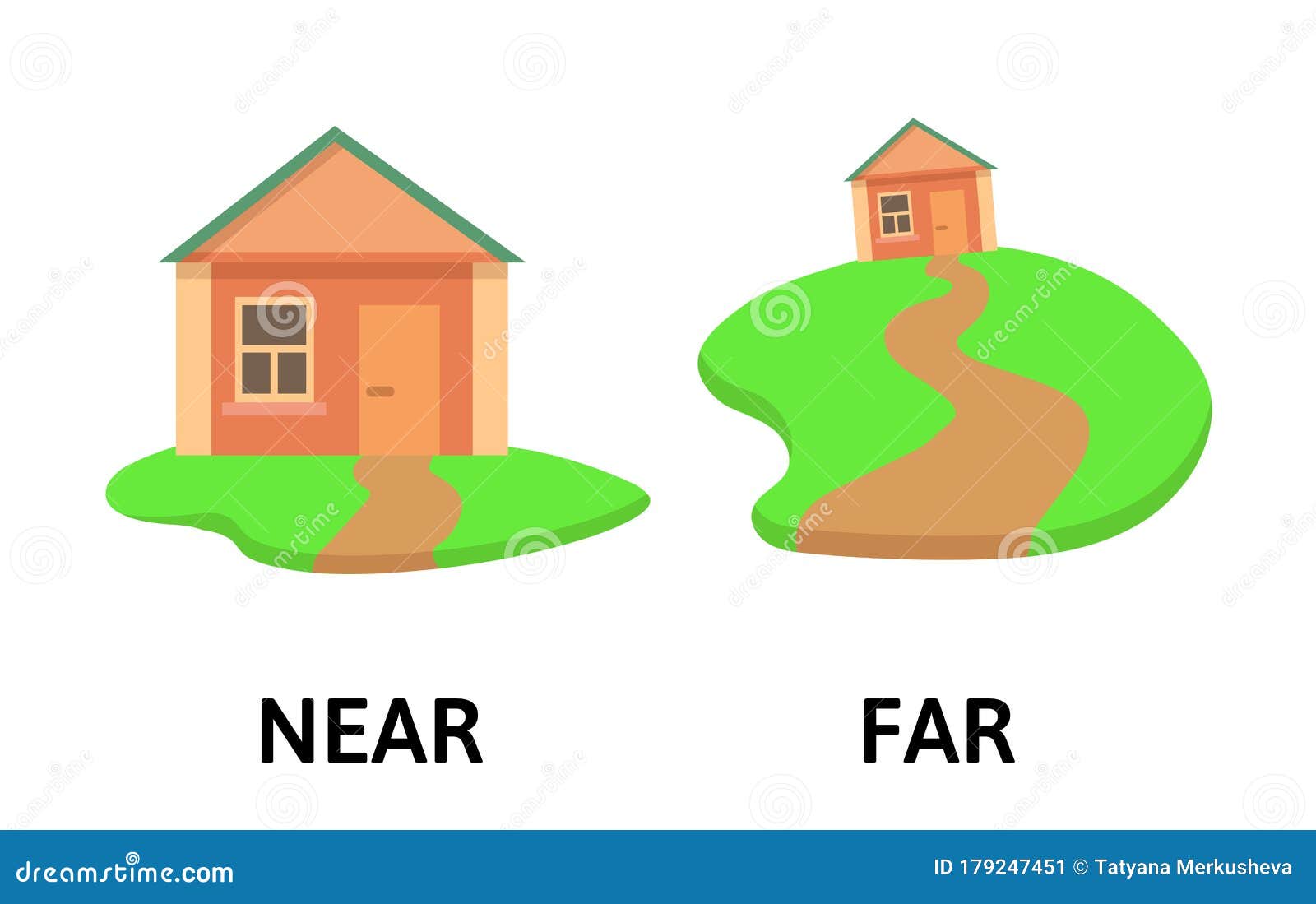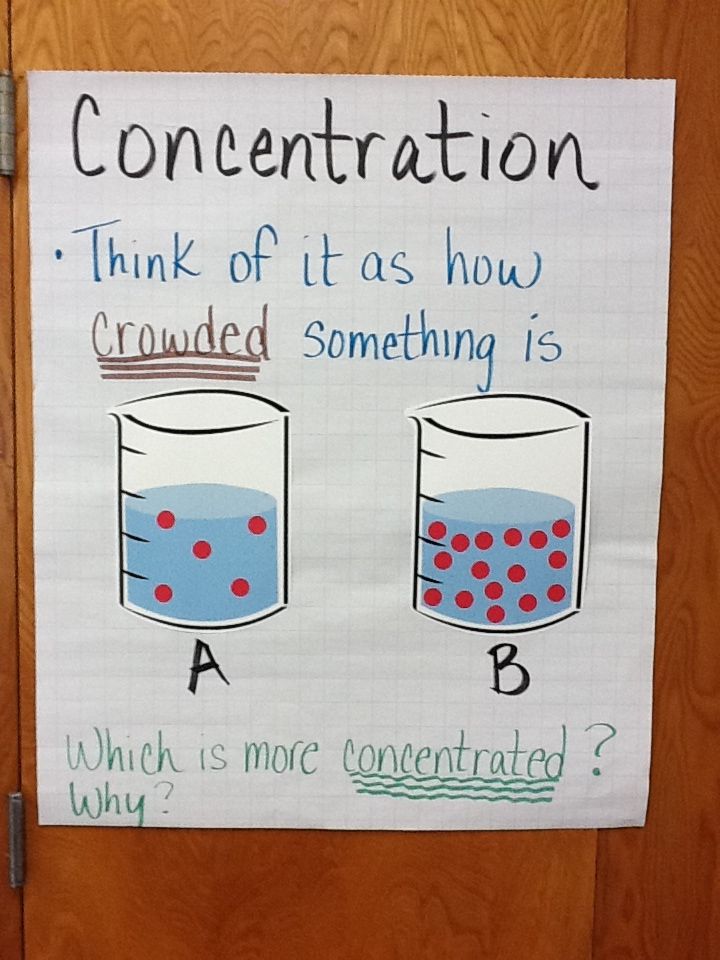Innovative Careers at the Intersection of DNA Technology, Medicine, and Agricultural Advancement
Introduction: Bridging DNA Technology, Medicine, and Agriculture
As science progresses, the fusion of DNA technology and medicine is transforming healthcare, while advanced agricultural technology is reshaping how we sustain growing populations. This article explores career opportunities at this intersection and explains how agricultural innovation has increased the human carrying capacity of our planet. We provide actionable guidance for pursuing these dynamic fields and highlight the practical impact of genetics and biotechnology in both medicine and agriculture.

Source: infinitymoving.com
Section 1: Careers that Combine DNA Technology and Medicine
Several career paths allow professionals to harness DNA technology for medical advancement. The most prominent include:

Source: fity.club
Genetic Counseling
Genetic counselors help patients understand their genetic risks for inherited diseases and advise on prevention and treatment strategies. They leverage DNA testing to provide personalized health recommendations, collaborating with physicians and researchers to improve patient outcomes. Genetic counseling typically requires a master’s degree in genetics or a related field, and clinical certification. [2]
Medical Genetics
Medical geneticists diagnose, treat, and research genetic disorders, often working with cutting-edge technologies like gene sequencing and CRISPR-based gene editing. Their expertise is vital in fields such as oncology, prenatal medicine, and rare disease diagnostics. Medical genetics requires a medical degree, followed by specialized training in genetics. [3]
Molecular Genetics Technologist
Molecular genetics technologists analyze patient DNA in laboratory settings to identify genetic abnormalities that cause diseases, facilitate research, and help develop new treatments. They work in hospitals, research institutions, and biotech companies, using sophisticated equipment and bioinformatics tools to interpret genetic data. A bachelor’s or master’s degree in genetics, molecular biology, or medical laboratory science is typically required. [4]
Biotechnology and Pharmaceutical Research
Biotechnologists and pharmaceutical researchers develop new drugs, gene therapies, and diagnostic tools. They apply DNA technology to discover targeted treatments for complex diseases, leveraging genomic data to create precision medicine solutions. Advanced degrees in molecular biology, biochemistry, or pharmacology are usually necessary. [1]
Bioinformatics and Genetic Data Analysis
Bioinformaticians manage and interpret vast amounts of genetic data, using computational approaches to identify disease-causing mutations and guide treatment options. This field requires strong analytical skills and proficiency in data science, biology, and software engineering. [2]
How to Access These Careers
To pursue a career at the intersection of DNA technology and medicine, you can:
- Enroll in accredited undergraduate or graduate programs in genetics, molecular biology, or biomedical sciences. Consider institutions with robust laboratory facilities and active research programs.
- Seek internships or laboratory assistant positions in hospitals, research centers, or biotech firms to gain hands-on experience.
- Obtain professional certification where applicable (e.g., genetic counseling certification or clinical laboratory licensure).
- Connect with professional organizations such as the American Board of Medical Genetics and Genomics or the National Society of Genetic Counselors for networking and career resources.
For verified program information, visit the official websites of accredited universities or search for ‘genetic counseling programs’ using reliable sources like the National Society of Genetic Counselors or the Association of American Medical Colleges.
Section 2: Agricultural Technology and Human Carrying Capacity
Agricultural technology has played a pivotal role in increasing the earth’s human carrying capacity-the maximum population size that can be sustainably supported. Key innovations include:
Genetic Modification and Crop Improvement
Through genetic engineering, scientists have developed crops with enhanced yield, resistance to pests, and tolerance to environmental stresses. This allows farmers to produce more food on less land, improving food security globally. Genetically modified (GM) crops such as Bt corn and drought-resistant soybeans have demonstrated substantial increases in productivity, enabling higher population support.
Precision Agriculture
Precision agriculture employs GPS, remote sensing, and data analytics to optimize planting, irrigation, and fertilization. This technology reduces waste, conserves resources, and maximizes crop output, making agriculture more efficient and sustainable.
Biotechnology in Livestock and Food Production
Biotechnology has improved livestock breeds, increased resistance to disease, and enhanced nutritional profiles of animal products. Techniques such as artificial insemination, genomic selection, and vaccine development contribute to higher yields and healthier livestock.
Impact on Human Carrying Capacity
These agricultural advancements have:
- Expanded the global food supply, allowing for population growth beyond previous ecological limits.
- Reduced the prevalence of famine and malnutrition, especially in developing regions.
- Enabled sustainable land use, minimizing environmental degradation while maximizing output.
For example, the Green Revolution, which introduced high-yield crop varieties and advanced farming practices, is credited with saving millions from hunger and supporting a rapidly growing world population.
Accessing Careers and Resources in Agricultural Technology
To engage in agricultural biotechnology or precision farming:
- Study agricultural science, plant genetics, or biotechnology at accredited universities. Programs may offer internships in research labs or agribusiness firms.
- Explore opportunities with government agencies such as the U.S. Department of Agriculture, Food and Agriculture Organization, or local agricultural extension offices.
- Consider certification in precision agriculture through professional associations like the International Society of Precision Agriculture.
To find programs and job opportunities, search for ‘agricultural technology careers’ or ‘biotechnology in agriculture’ on official agency and university websites.
Section 3: Challenges, Solutions, and Alternative Approaches
Both medical genetics and agricultural technology face unique challenges:
Ethical and Social Considerations
The use of DNA technology in medicine raises ethical questions about genetic privacy, consent, and the potential for discrimination. Similarly, genetically modified crops and livestock often face public scrutiny regarding safety and environmental impact. Professionals in these fields must navigate regulatory requirements and engage in transparent communication with stakeholders.
Education and Training Barriers
Advanced careers require specialized education, which may not be accessible to all. Solutions include online courses, scholarships, and international exchange programs to broaden access.
Technological Access and Adoption
While high-tech solutions are transformative, adoption can be limited by resource constraints in low-income regions. Alternative approaches include developing low-cost diagnostic tools, open-source data analysis software, and community-based agricultural programs.
Section 4: Summary and Next Steps
Pursuing a career that combines DNA technology and medicine or working to advance agricultural technology offers a chance to make a tangible impact on global health and food security. By leveraging modern innovations, professionals can address critical challenges, improve lives, and contribute to a sustainable future.
If you’re ready to take the next step, research accredited programs, connect with professional organizations, and explore internship opportunities in your chosen field. If you need more guidance, consult official university websites, government agencies, and reputable industry groups for verified information and application procedures.
References
- [1] SCU Health Sciences (2025). Career Pathways that Integrate DNA Technology and Medicine.
- [2] Genetic Education (2025). Career Options That Combine DNA Technology and Medicine.
- [3] The CEO Views (2024). Medical Genetics: A Career Combining DNA Technology and Medicine.
- [4] Mayo Clinic College of Medicine (2000). Molecular Genetics Technologist Careers.
- [5] GWU Health Sciences (2024). Examining Medical Genetics and Molecular Biology Career Paths.
- Nature (2003). GM Crops: Science and Society.
- USDA National Agricultural Library. Precision Agriculture Overview.
- Food and Agriculture Organization. Agricultural Biotechnology.
- Encyclopedia Britannica. Green Revolution.
- National Human Genome Research Institute. Genomics Policy Issues.



